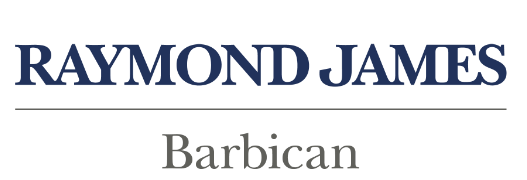UK jobs data continues to show signs of weakness, with the number of payrolled employees declining for the sixth consecutive month, as well as a drop in job vacancies. Just last week, we noted that the Bank of England’s Monetary Policy Committee was divided over the decision to cut interest rates. This uncertainty played out in real time with mixed messages from the labour market, as the signs of cooling were partially offset by resilient wage growth of 5% (excluding bonuses).
This dilemma was, in many ways, always likely to unfold. UK employers are feeling the squeeze following Chancellor Reeves’ decision to increase National Insurance contributions for businesses — a move that’s impacting staffing and wage decisions. In addition to this fiscal pressure, firms are contending with persistent inflation. While markets had been optimistic about the prospect of another rate cut at either the September or November meetings, attention will now turn to how the data evolves in the coming weeks, with additional rate cuts in 2025 by no means guaranteed.
There was some good news for the Chancellor this week. Britain’s economy grew more than expected in Q2, with GDP rising by 0.3%, outperforming the 0.1% forecast. Economists had anticipated a weaker figure due to the lagged effects of the national insurance increase and weak consumer sentiment. Meanwhile, preambles have begun around what Chancellor Reeves may or may not include in her upcoming Autumn Budget, with expectations leaning towards her going back on her word and introducing further tax hikes.
Ten days after dismissing the previous head of the Bureau of Labor Statistics (BLS), President Trump has nominated economist E.J. Antoni as the new commissioner. The appointment has raised eyebrows, as Antoni has been an outspoken critic of the BLS, previously describing its data as “phoney baloney” and calling for a suspension of the agency’s monthly jobs reports due to what he sees as flawed methodology.
He steps into the role at a turbulent time; the BLS is grappling with sharply declining survey response rates, with some key surveys seeing participation drop below 50% and increasingly volatile data revisions. Antoni’s nomination, which still requires Senate confirmation, signals a potentially significant shift in how US labour market data may be collected and reported going forward.
US CPI data released on Tuesday showed month-on-month inflation for July easing to 0.2%, in line with market expectations. Equity markets responded positively, with the S&P 500 rising 1.1% and the small-cap Russell 2000 index gaining over 2%. However, beneath the headline figures, there were some concerning developments. Airline fares rebounded by 4%, dental costs recorded a record monthly increase of 2.6%, and healthcare costs rose by 0.7% — all signs that tariffs are continuing to filter through supply chains and exert upward pressure on prices.
The Federal Reserve has yet to deliver its first rate cut of 2025, but by the time of its next meeting in September, they will have had the opportunity to assess August’s data more fully.
China and the US have been on a turbulent tariff journey, with retaliatory tariffs reaching as high as 145% earlier this year. However, both sides have now agreed to extend their tariff truce by another 90 days, pushing the deadline to 10 November 2025. This extension maintains the current tariff structure, a 30% US tariff on Chinese imports and a 10% Chinese tariff on American goods. The extension offers companies a valuable window to front-load shipments ahead of the year-end spending surge and prepare for any worst-case scenarios.
Brazil was among the nations hardest hit by President Trump’s recent tariff hikes, with key exports rising to 50%. The move, widely seen as politically motivated, was linked to what Trump called a “witch hunt” against his ally, former President Jair Bolsonaro, who is currently on trial for allegedly attempting to overturn the 2022 election results. In response, Brazil’s government announced an immediate aid package worth $5.55 billion in the form of credit lines and direct government purchases of impacted goods including coffee, beef, footwear and fruit.
Later today, President Trump will meet with President Putin in Alaska, marking their first face-to-face meeting since Trump returned to the Oval Office. The summit will focus on efforts to broker a ceasefire in the ongoing Russia–Ukraine conflict. Trump has stated he will push for peace, and suggested that a second summit, potentially involving Ukrainian President Zelenskyy may be needed to reach a substantive agreement. Earlier in the week Trump spoke with Zelensky and other European leaders ahead of today’s meeting.
Nathan Amaning, Investment Analyst
Risk warning: With investing, your capital is at risk. The value of investments and the income from them can go down as well as up and you may not recover the amount of your initial investment. Certain investments carry a higher degree of risk than others and are, therefore, unsuitable for some investors.

